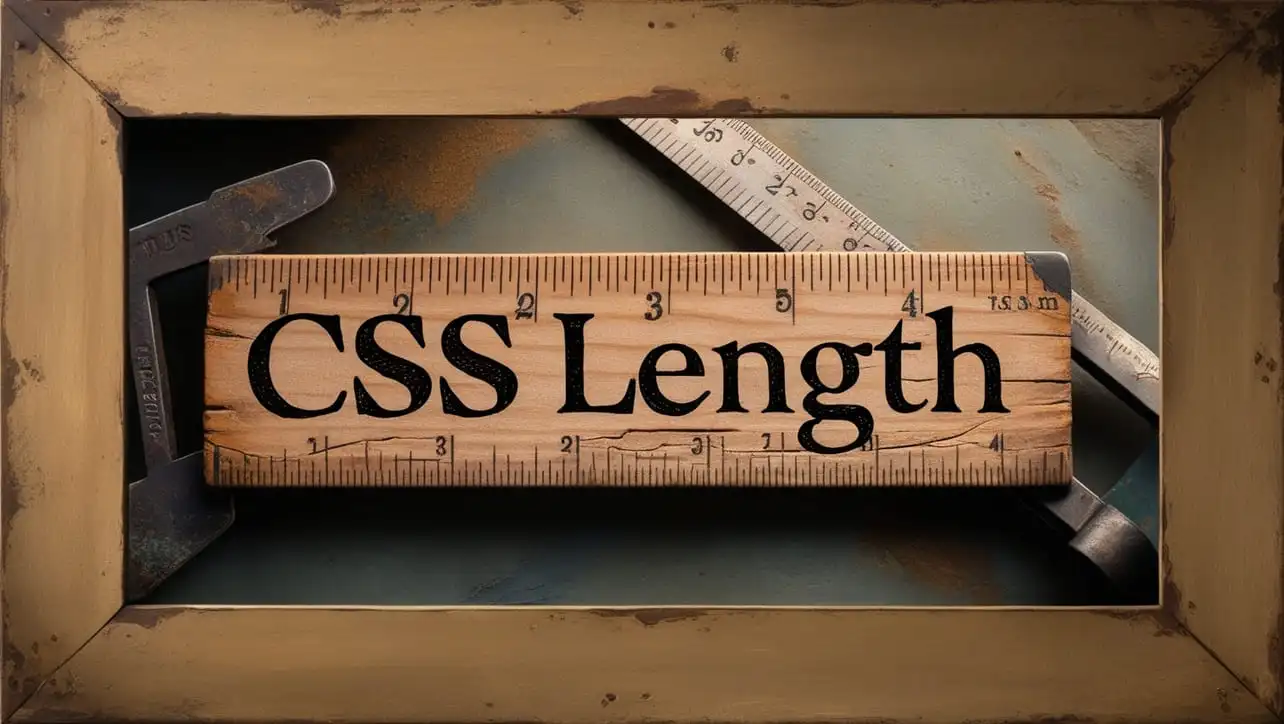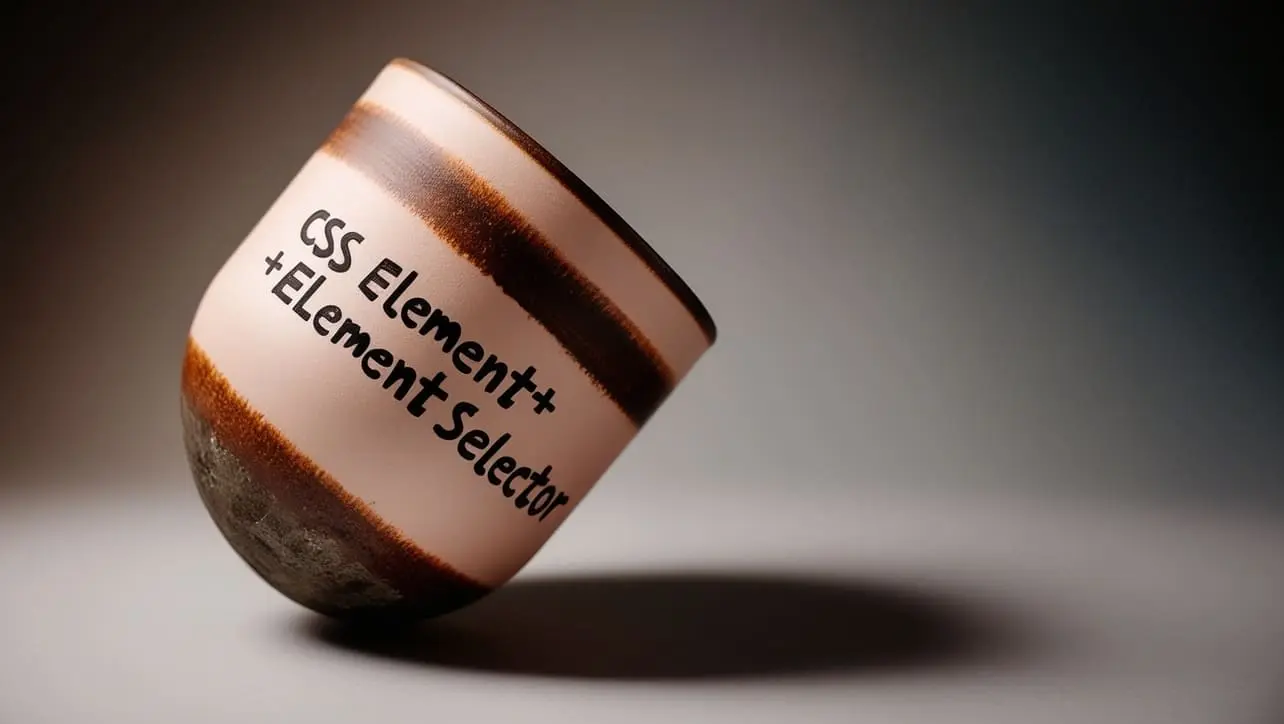
CSS Topics
- CSS Intro
- CSS How To
- CSS Editors
- CSS Properties
- CSS Selectors
- .class
- .class1.class2
- .class1 .class2
- #id
- * (all)
- element
- element.class
- element,element
- element element
- element>element
- element+element
- element1~element2
- [attribute]
- [attribute=value]
- [attribute~=value]
- [attribute|=value]
- [attribute^=value]
- [attribute$=value]
- [attribute*=value]
- :active
- ::after
- ::before
- :checked
- :default
- :disabled
- :empty
- :enabled
- :first-child
- ::first-letter
- ::first-line
- :first-of-type
- :focus
- :fullscreen
- :has()
- :hover
- :in-range
- :indeterminate
- :invalid
- :lang()
- :last-child
- :last-of-type
- :link
- ::marker
- :not()
- :nth-child()
- :nth-last-child()
- :nth-last-of-type()
- :nth-of-type()
- :only-of-type
- :only-child
- :optional
- :out-of-range
- ::placeholder
- :read-only
- :read-write
- :required
- :root
- ::selection
- :target
- :valid
- :visited
- CSS Comments
- CSS Length
- CSS Image Sprites
- CSS Grid Layout
- CSS Grid Flexbox
- CSS @charset Rule
- CSS @font-face Rule
- CSS @import Rule
- CSS @keyframes Rule
- CSS @media Rule
CSS :first-child Selector

Photo Credit to CodeToFun
🙋 Introduction
The :first-child selector in CSS is used to target the first child element of its parent.
This pseudo-class allows you to apply specific styles to the very first child element within a parent container, making it useful for creating unique styling rules based on element position.
💡 Syntax
The signature of the :first-child Selector is as follows:
selector:first-child {
/* CSS properties */
}In this syntax:
- selector represents the parent element.
:first-childtargets the first child element of that parent.
📝 Example
Here is an example of how to use the :first-child selector in CSS:
☠️ HTML
<!DOCTYPE html>
<html lang="en">
<head>
<meta charset="UTF-8">
<meta name="viewport" content="width=device-width, initial-scale=1.0">
<title>CSS :first-child Selector Example</title>
<link rel="stylesheet" href="styles.css">
</head>
<body>
<ul>
<li>First Item</li>
<li>Second Item</li>
<li>Third Item</li>
</ul>
</body>
</html>🎨 CSS
/* Style for the first child of any parent */
ul > li:first-child {
color: red;
font-weight: bold;
}In this example:
- The first <li> element within the <ul> will be styled with red text and bold font weight.
💬 Usage Tips
- The
:first-childselector targets the very first child of a specified parent. Ensure the element you want to style is indeed the first child within its parent element. - Combine
:first-childwith other selectors to create more specific rules. For instance, div > p:first-child targets the first <p> child within a <div>.
⚠️ Common Pitfalls
- The
:first-childpseudo-class only applies to the very first child element of a parent, regardless of element type. For example, if the first child is a <div>, it will be selected even if the next sibling is a <p>. - Ensure the targeted element is the first child of its parent. If there are any other elements (even if they are empty or invisible) before it, :first-child will not apply.
🎉 Conclusion
The :first-child selector is a versatile tool in CSS for applying styles to the first child element of a parent container.
By using this pseudo-class, you can create distinctive designs and enhance the visual hierarchy of your content. Proper use of :first-child helps in maintaining a clean and organized stylesheet while targeting specific elements based on their position in the document structure.
👨💻 Join our Community:
Author

For over eight years, I worked as a full-stack web developer. Now, I have chosen my profession as a full-time blogger at codetofun.com.
Buy me a coffee to make codetofun.com free for everyone.
Buy me a Coffee












If you have any doubts regarding this article (CSS :first-child Selector), please comment here. I will help you immediately.